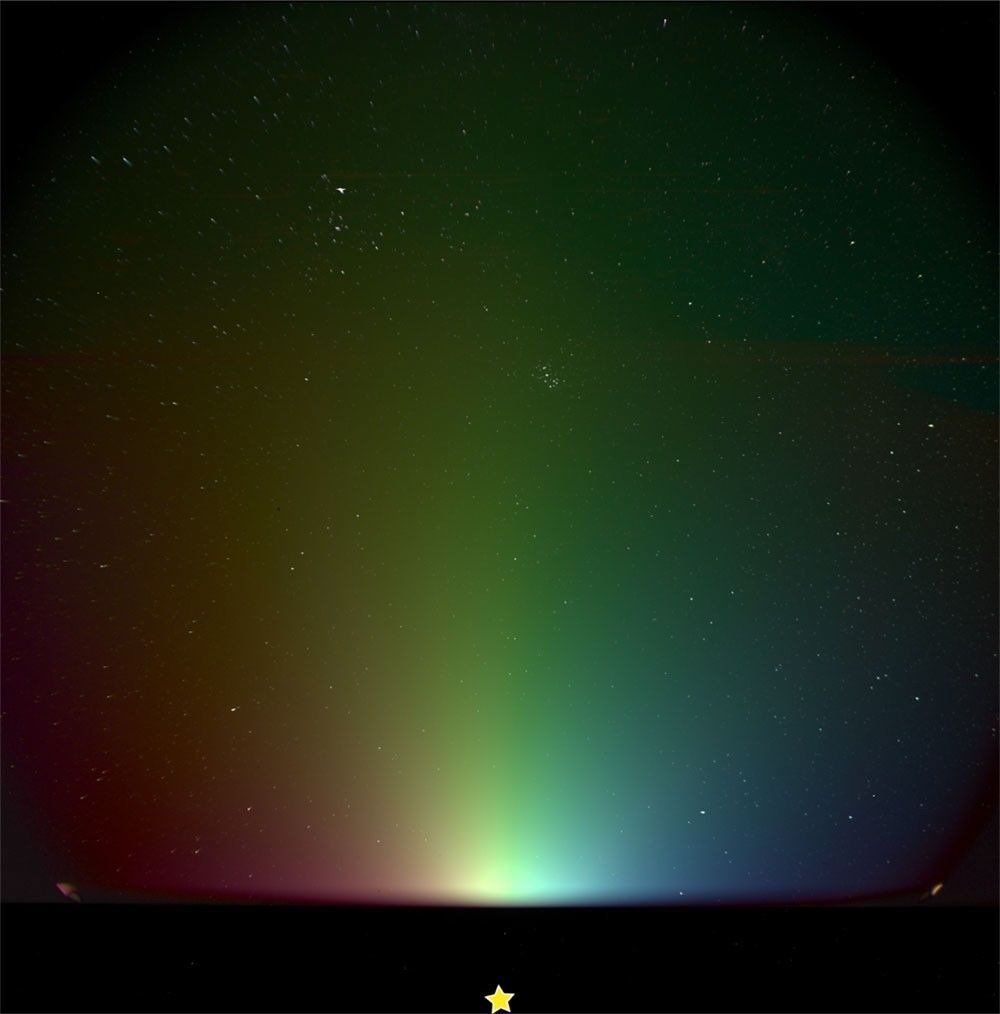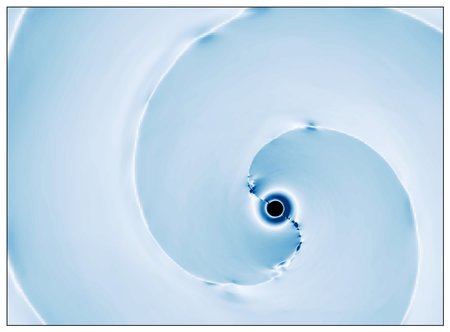NASA’s newest spacecraft aimed at studying the sun have captured a colorful “rainbow” in the warm glow of zodiacal light observed above Earth.
The PUNCH (Polarimeter to Unify the Corona and Heliosphere) mission, which launched on March 11, consists of four small satellites working in unison in low Earth orbit to provide a comprehensive view of the sun’s corona, or outer atmosphere, and study the constant stream of charged particles emitted by the sun known as solar wind.
The mission delivered its first set of images, including a vivid, rainbow-colored view of the sky, according to a statement from NASA that shared PUNCH’s latest images.
These images feature zodiacal light — the faint, diffuse glow created by sunlight scattering off dust particles in space. In one view captured by the PUNCH mission’s WFI-2 instrument on April 18, a hazy glow transitions from red on the left to green in the center and blue on the right, set against a backdrop of stars.
The coloration of light in this image does not depict a true optical rainbow as would be seen by the naked eye, but rather a colored representation of different wavelengths of light that highlight the instrument’s capability to analyze various components of the solar atmosphere.
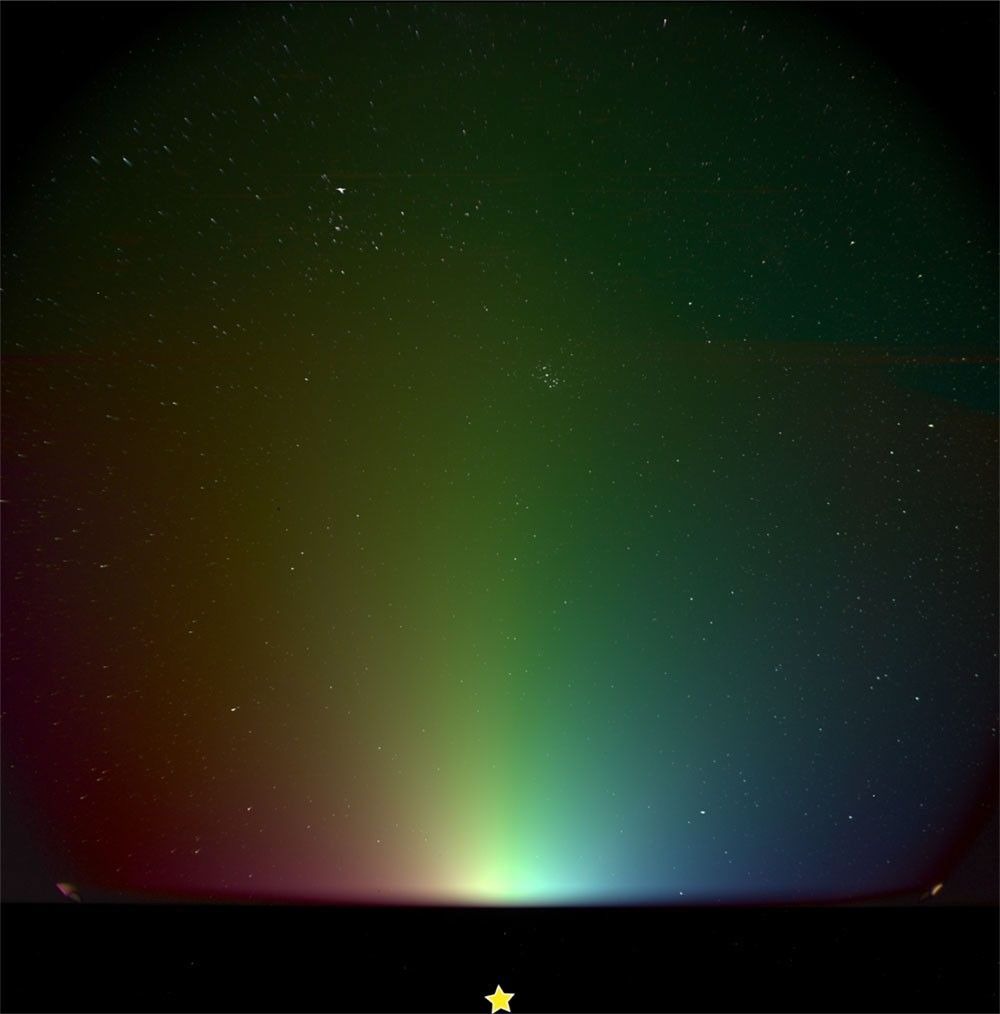
The mission measures the corona and solar wind in three dimensions by studying the polarization of light, which is the direction light travels after it has been scattered by particles. The four satellites include one Narrow Field Imager (NFI), which blocks out the bright light from the sun to better see details in the corona.
On April 27, the NFI instrument captured the new moon as it passed by the sun, using its occulter (an object that blocks a direct view of the sun) to hide the solar disk. These early images help the PUNCH mission team calibrate the instruments and ensure they are working as expected.
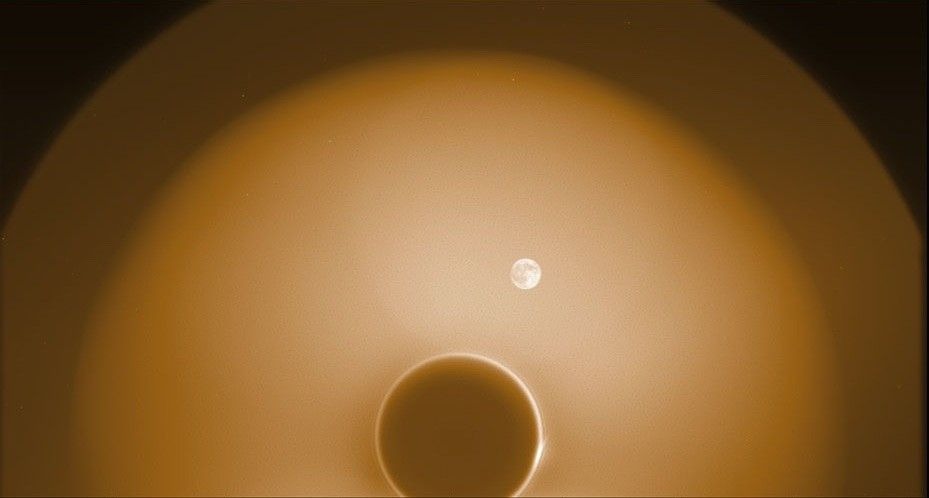
The PUNCH spacecraft also include three Wide Field Imagers (WFIs), which are designed to see the very faint, outermost portion of the corona and solar wind. The WFI-1 and WFI-3 instruments also captured the soft glow of zodiacal light on April 16, with the Hyades and Pleiades star clusters and Andromeda galaxy in view.
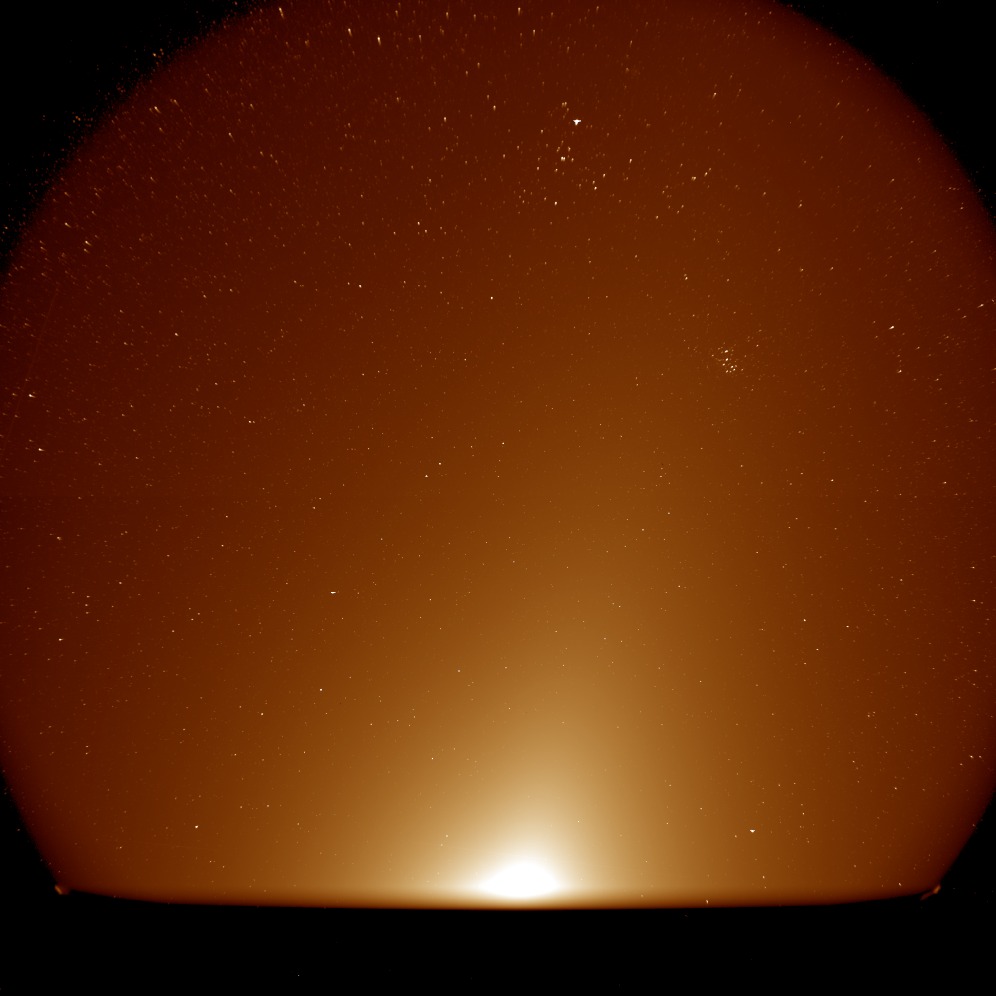
The Andromeda galaxy can be seen as a faint wispy spiral on the far right of the image below. The ‘W’ shape of the Cassiopeia constellation can be made out at the top. The familiar Pleiades can be seen at the left side of the image.
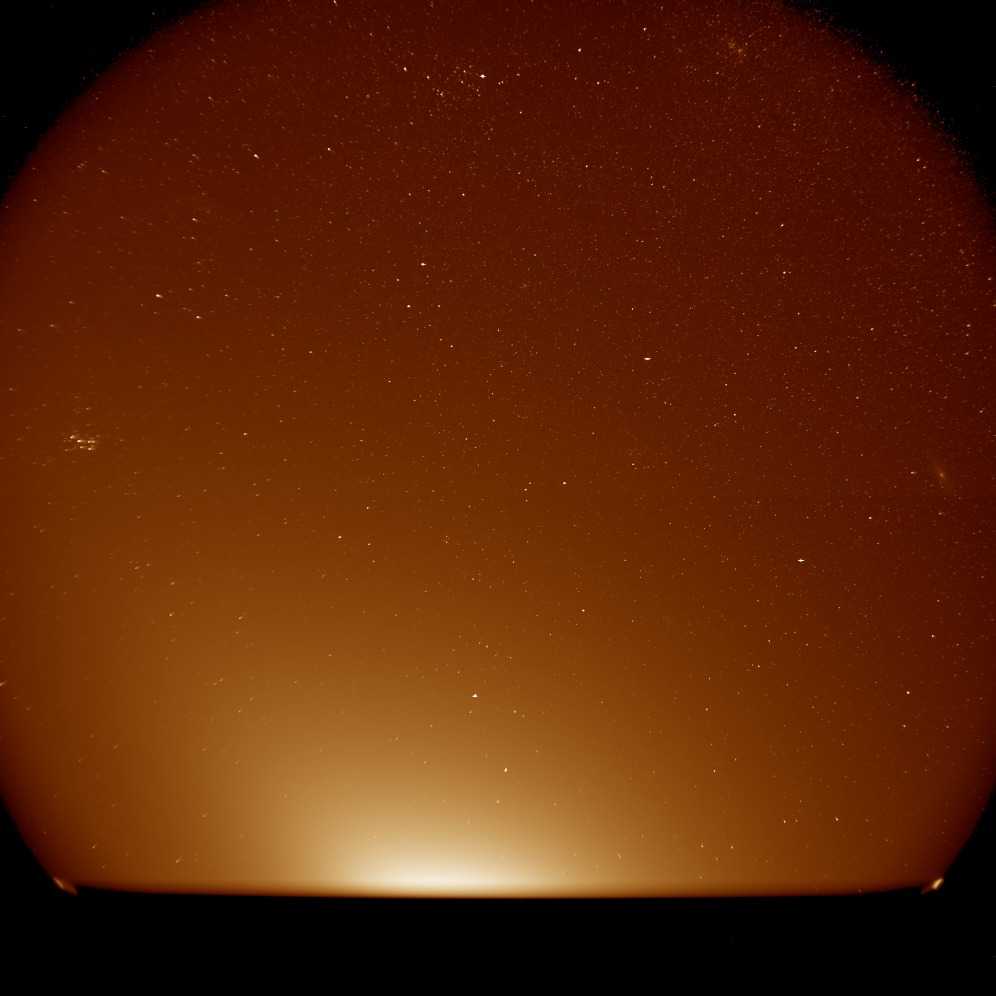
RELATED STORIES:
PUNCH launched on March 12, 2025 atop a SpaceX Falcon 9 rocket from Vandenberg Space Force Base in California. Riding alongside the four PUNCH satellites was another new NASA spacecraft, called SPHEREx.
Like the James Webb Space Telescope, SPHEREx — which stands for Spectro-Photometer for the History of the Universe, Epoch of Reionization and Ices Explorer — peers into the cosmos with infrared eyes. Unlike the James Webb Space Telescope, however, SPHEREx is designed to take in a wide view of the universe in order to create a new map of the visible sky.
“We are literally mapping the entire celestial sky in 102 infrared colors for the first time in humanity’s history,” Nicky Fox, associate administrator for NASA’s Science Mission Directorate, said during a conference about SPHEREx on Jan. 31.
